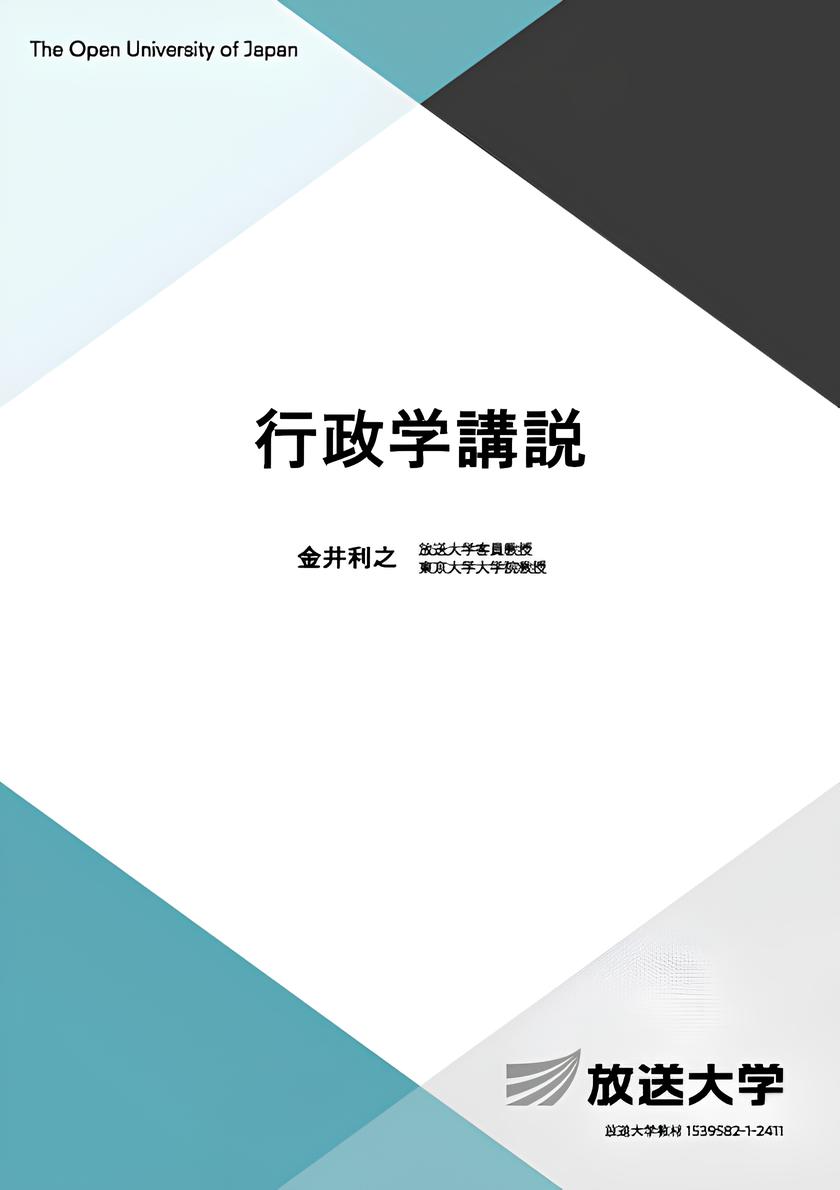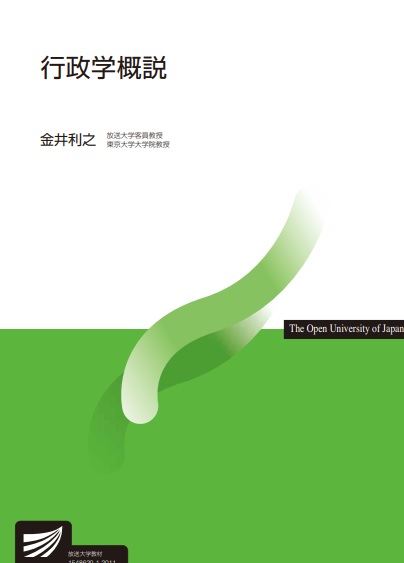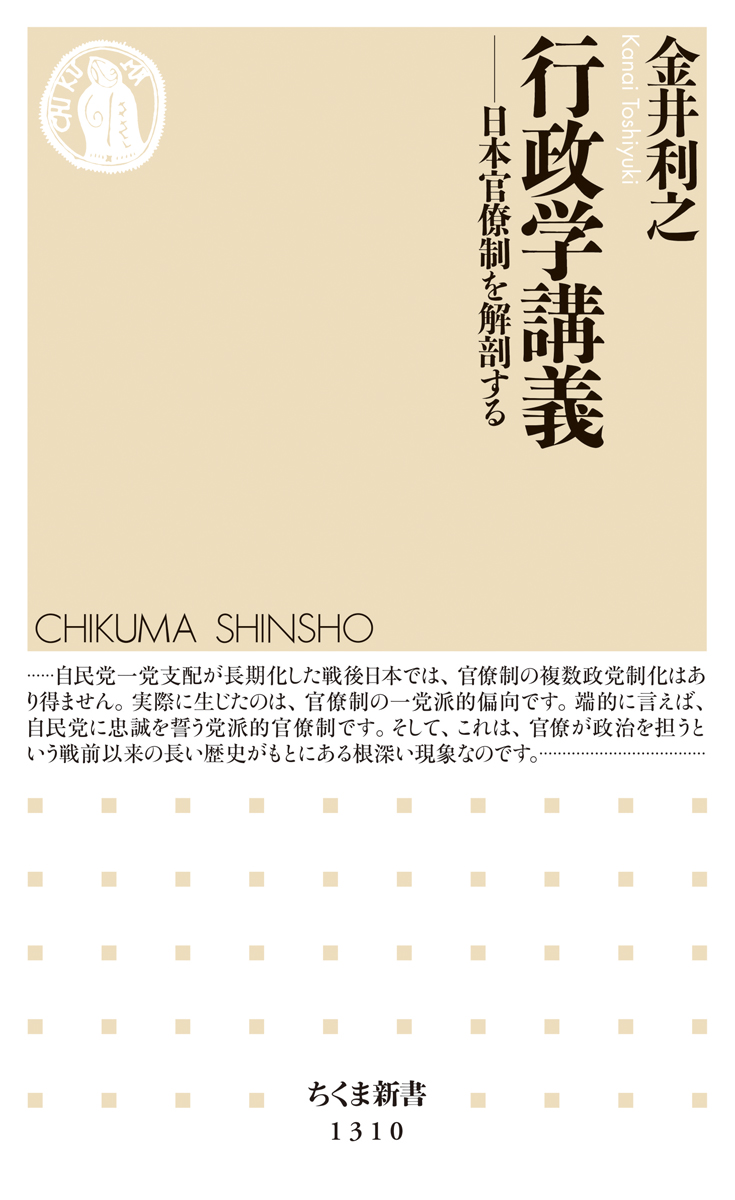
Title
Open University of Japan Teaching Materials Gyouseigaku Kousetsu (Lectures on Public Administration)
Size
304 pages, A5 format
Language
Japanese
Released
2024
ISBN
978-4-595-32473-4
Published by
Foundation for the Promotion of The Open University of Japan
Book Info
See Book Availability at Library
Japanese Page
This book is a textbook for radio lectures on public administration (Lectures on Public Administration '24) at the Open University of Japan, which will start in 2024. However, its structure is considerably different from standard public administration textbooks, and it has a unique system. Generally textbooks cover standard academic knowledge. Therefore, they rarely show the systematic picture from a specific perspective. If you proceed with an argument from a particular perspective, you cannot write widely about the standard themes that normal textbooks should cover. This book also has such limitations; therefore, it is advisable to read it in comparison with other standard public administration textbooks.
As can be seen from the titles of each chapter, this book discusses human in administrative process according to many human types. In general, the administration does not interact with humans in general but divides humans into specific types and interacts with them. The administration creates various human types appropriate for each policy field and program. For example, in labor policy, human types such as workers, employers, and business owners are created. Public administration addresses a broad range of policy areas. Therefore, this book focuses the human types which appear in numerous policy fields. The representative human types this book covers include citizens, nations, residents, populations, families, households, businesses, professionals, officers, recipients, the public, landowners, laypersons, and individuals. Occasionally, these human types are used in actual administration or academically established. For example, the concept of citizens in this book is academically established. In practice, “citizens” refer to residents of a municipality called a “city.”
If human types are the weft of this book’s perspective, the warp is a service. The framework is established such that the administration’s goal is to ensure services for humans. Public administrations can fail to ensure services in the real world. However, by setting an ideal type of government to ensure services, the relationship between the government and humans can be analyzed. From a service perspective, there are three positions: service providers, recipients, and guarantors. Humans can be service recipients, service providers, or members of an administration that guarantees services. Public administration also includes administrative service providers, public service providers, service regulators/navigators, and environmental guardians. Service recipients can receive services from not only service providers but also the environment. Therefore, the environmental conditions must be improved and maintained.
This book draws on the system of public administration, with human types and services as the warp and weft. In standard public administration textbooks, civil service and budget systems are central themes. Nevertheless, this book does not directly address them. Civil servants are discussed in more detail because they conduct administrative work that guarantees services. They either become service recipients by receiving a salary or act as service providers to their families and others. Although some aspects may be difficult for beginners to understand, from the perspective of a human being who lives their life, connecting academic studies with daily life may prove helpful.
(Written by KANAI Toshiyuki, Professor, Graduate Schools for Law and Politics / 2024)



 Find a book
Find a book



